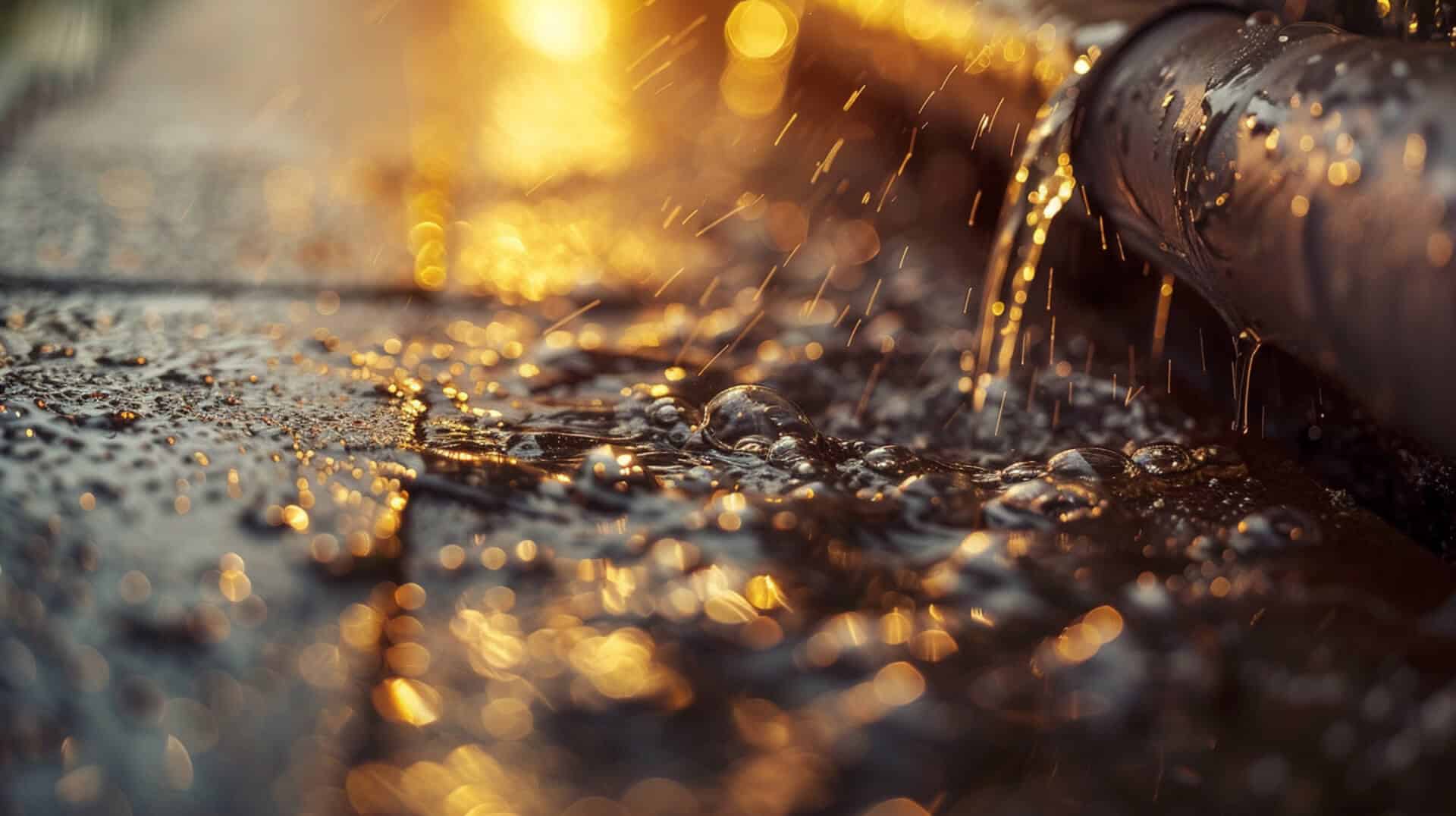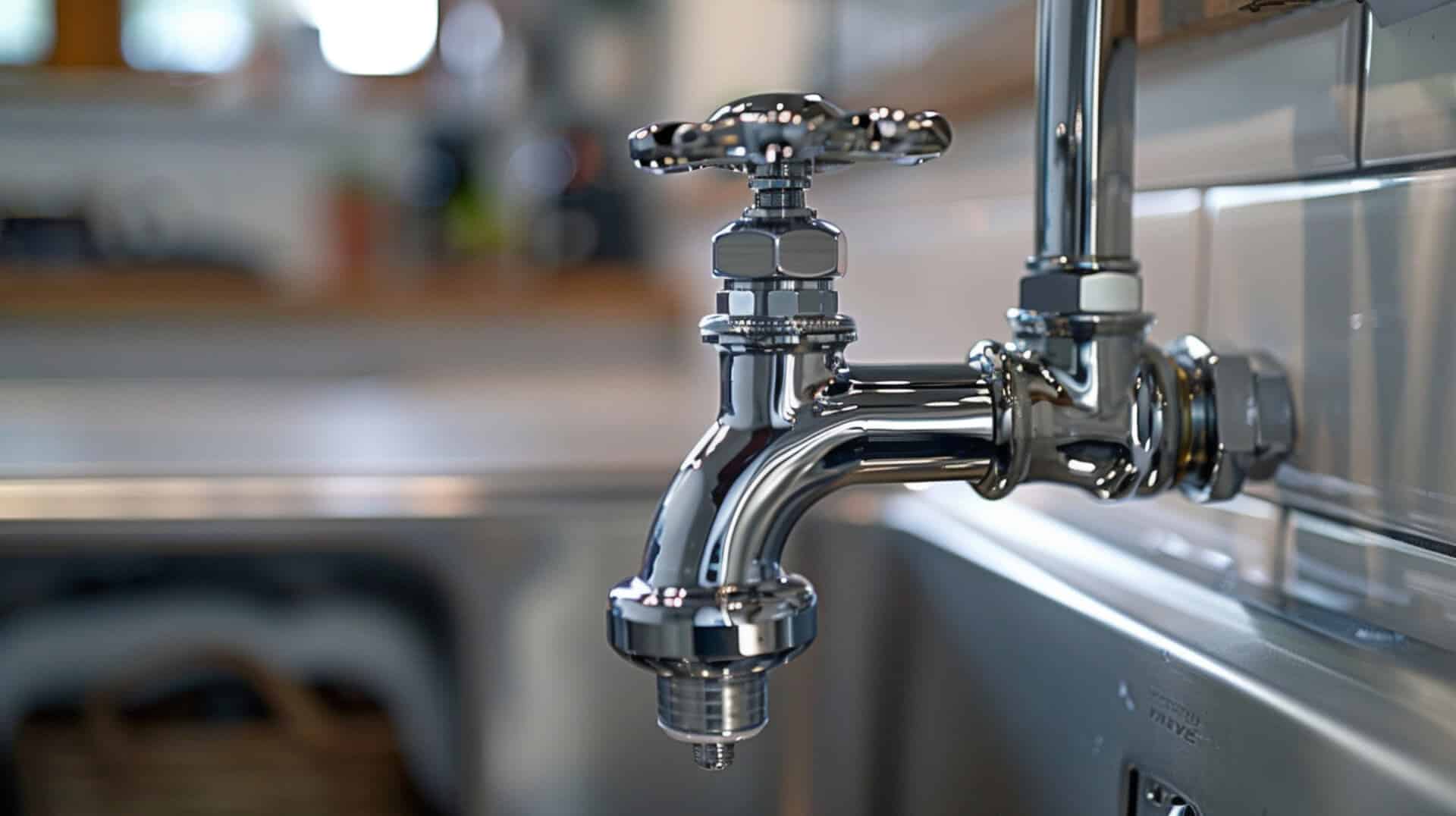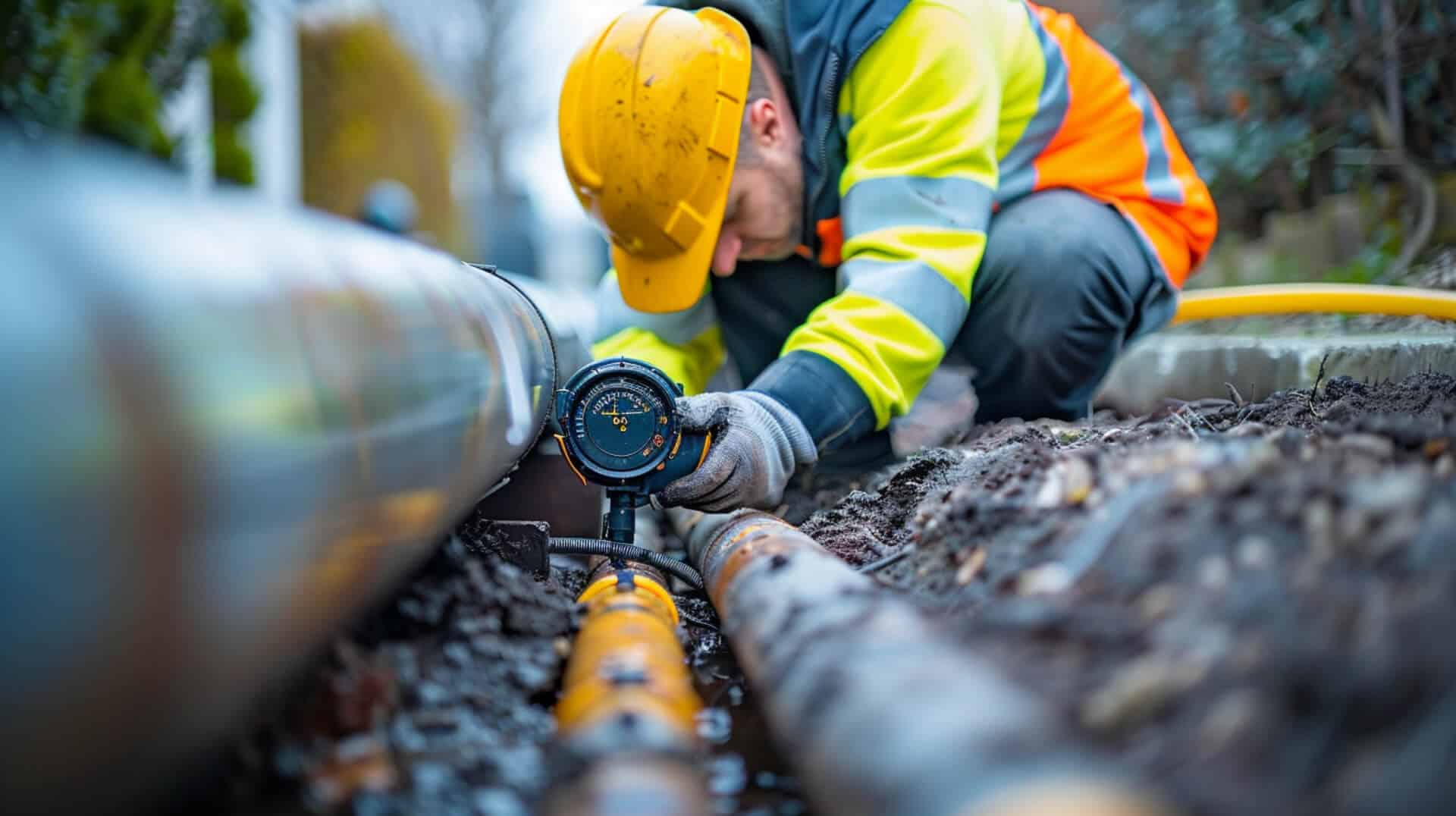 What Are The Benefits Of Drain Pipe Rehabilitation And Lining
What Are The Benefits Of Drain Pipe Rehabilitation And Lining
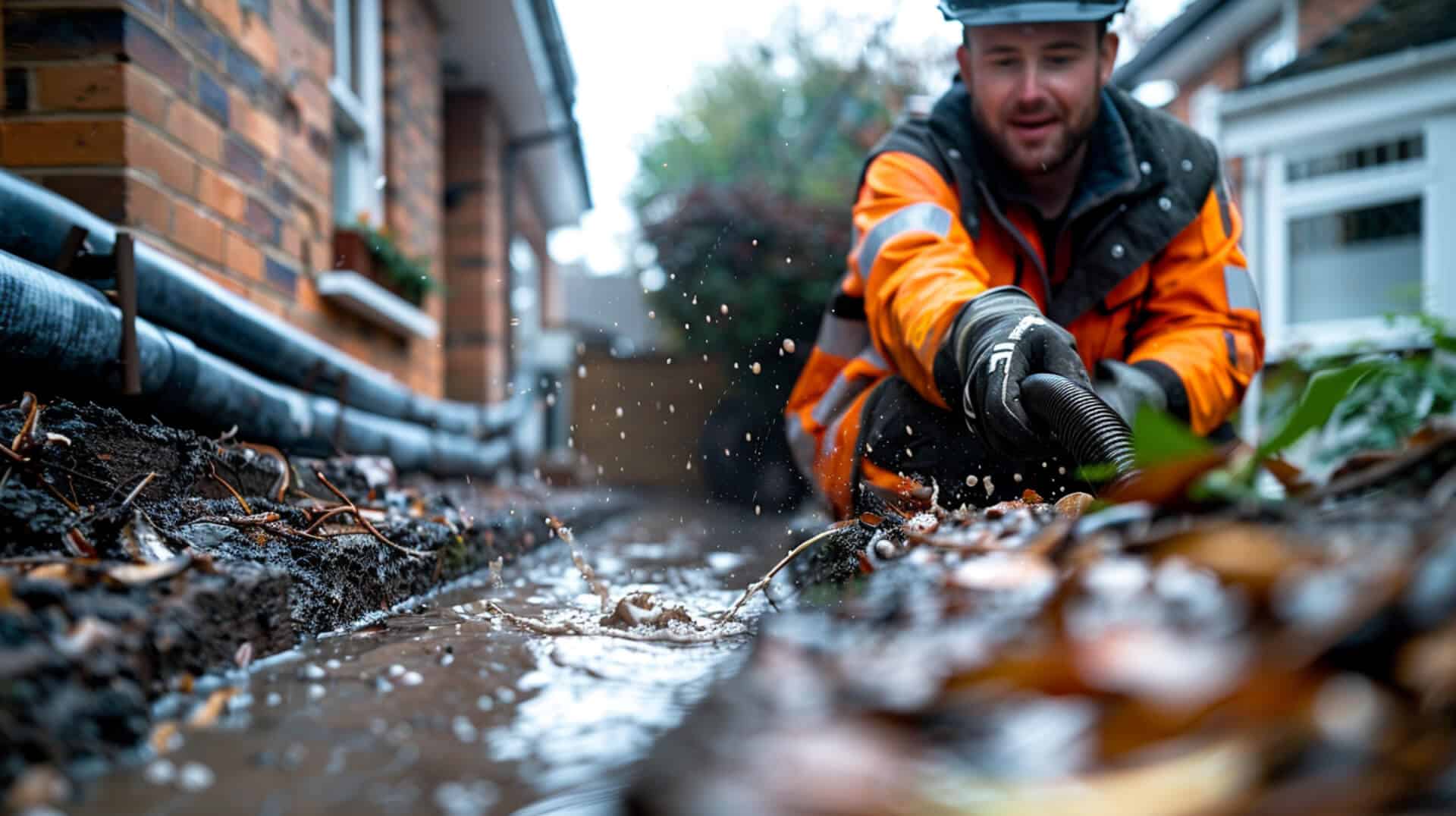
Drain pipe rehabilitation is a process designed to restore the functionality of existing sewer and water pipes without the need for extensive excavation. This method is necessary when pipes become damaged or degraded due to factors like corrosion, tree root intrusion, or structural defects. Lining, a common rehabilitation technique, involves inserting a new, durable lining into the old pipe to seal cracks and restore pipe integrity.
When to Opt for Rehabilitation and Lining
You should consider pipe rehabilitation and lining when experiencing persistent plumbing issues such as unusual noises, slow drainage, or unexpected increases in water bills. These signs often indicate underlying problems that can be resolved through trenchless repair methods.
Overarching Benefits for Infrastructure Maintenance
The benefits of drain pipe rehabilitation and lining are multifaceted. This approach offers a less invasive alternative to traditional pipe repair, preserving your property’s landscape and infrastructure. It is also cost-effective, reducing the need for labour-intensive excavation work. Additionally, the use of advanced materials and techniques extends the lifespan of your plumbing system, ensuring long-term functionality and reliability.
Understanding Trenchless Technology in Pipe Repair
Trenchless technology has revolutionised pipe repair by offering a less invasive alternative to traditional methods. This section explores the distinctive features of trenchless technology, its environmental benefits, cost efficiency, and contribution to rapid repair completion.
Distinction from Traditional Methods
Trenchless technology differs from conventional pipe repair in that it does not require extensive excavation to access and repair damaged pipes. Techniques such as Cured-in-Place Pipe (CIPP) and Pull-in-Place lining allow for repairs to be conducted through small access points, minimising disruption to the surrounding area.
Environmental Impact Minimization
The environmental impact of trenchless technology is significantly reduced compared to traditional methods. By avoiding large-scale digging, there is less soil contamination and landscape disturbance. This eco-conscious approach aligns with current environmental regulations and public expectations for sustainable practices.
Cost Efficiency
Trenchless technology is considered cost-efficient due to its reduced need for excavation, which lowers labour costs and the expenses associated with restoring landscapes and structures. Additionally, the speed of these repairs often means less downtime for businesses and public services, translating into further economic savings.
Rapid Repair Completion
The methods employed in trenchless technology contribute to the rapid completion of repairs. Advanced diagnostics, such as CCTV inspections, and efficient repair techniques, like the use of high-pressure water jets, enable quick identification and resolution of issues, ensuring that pipe systems return to functionality in a shorter timeframe.
The Role of Advanced Diagnostics in Pipe Rehabilitation
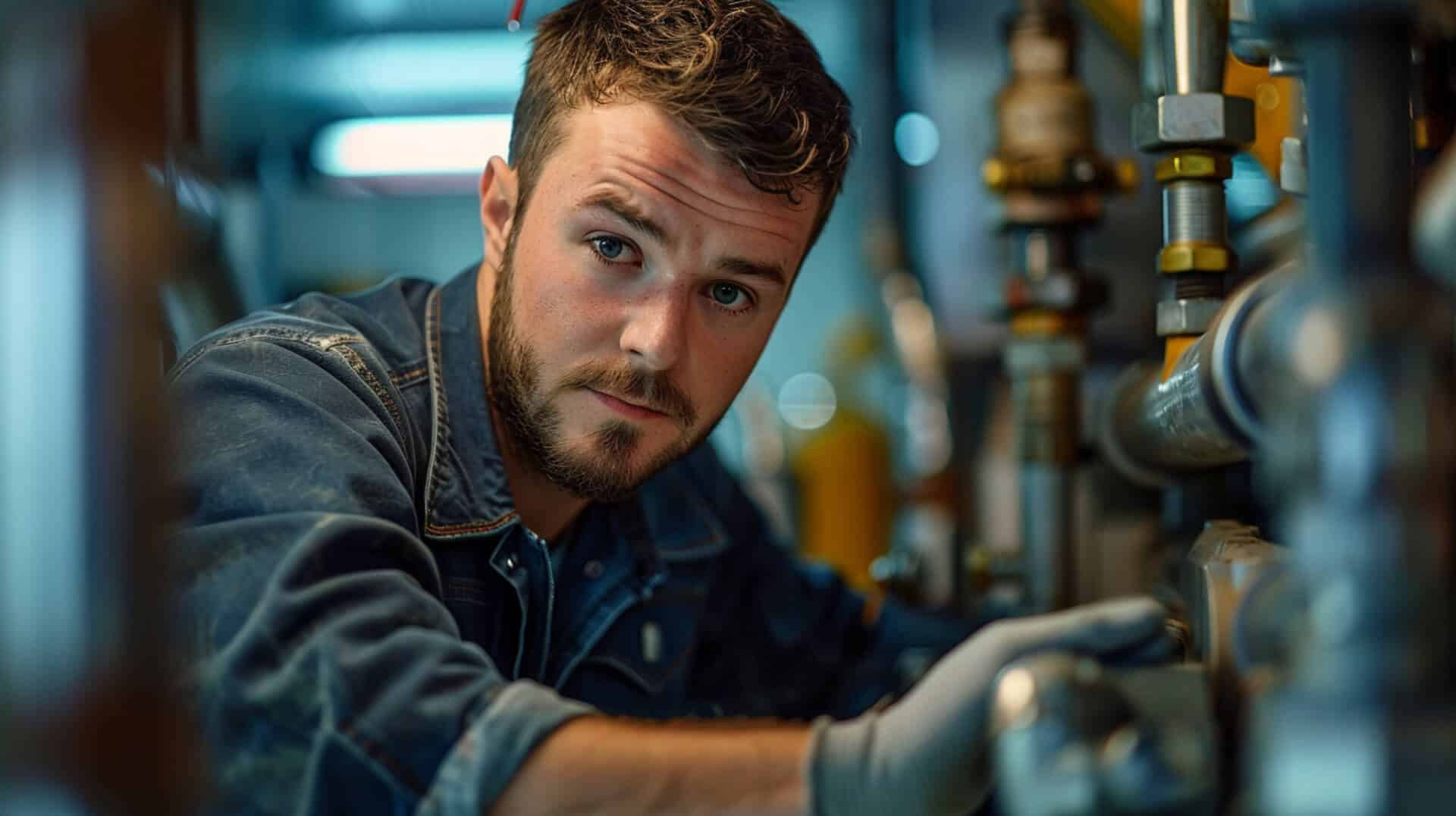
In the realm of drain pipe rehabilitation, precision diagnostics and efficient cleaning are paramount. Advanced technologies such as CCTV inspections, robotic cutters, and high-pressure water jets play a crucial role in enhancing the effectiveness of pipe rehabilitation processes.
Precision Diagnostics with CCTV Inspections
Closed-circuit television (CCTV) inspections are essential for accurately diagnosing the internal condition of pipes. This non-invasive diagnostic tool allows for a detailed visual inspection of underground drain pipes, identifying issues such as cracks, blockages, and other structural defects without the need for excavation.
Efficiency of Robotic Cutters
Robotic cutters are instrumental in the removal of obstructions within pipes. These remotely operated devices can navigate through complex pipe networks, cutting away roots, debris, and other blockages with precision. Their use significantly enhances the efficiency of the rehabilitation process, ensuring that repairs can be carried out on a clean and obstruction-free surface.
Advantages of High-Pressure Water Jets
High-pressure water jets are employed to thoroughly clean pipes before the lining process. By delivering a powerful stream of water, they remove accumulated debris and residues, creating an optimal surface for the adhesion of new lining materials. This method not only improves the quality of repairs but also contributes to the longevity of the rehabilitated pipes.
Collectively, these advanced technologies streamline the rehabilitation process, ensuring that repairs are conducted with accuracy and efficiency. By integrating these tools, service providers can offer you a comprehensive solution that addresses the immediate repair needs while also contributing to the long-term health of your plumbing infrastructure.
Materials and Methods for Durable Pipe Lining
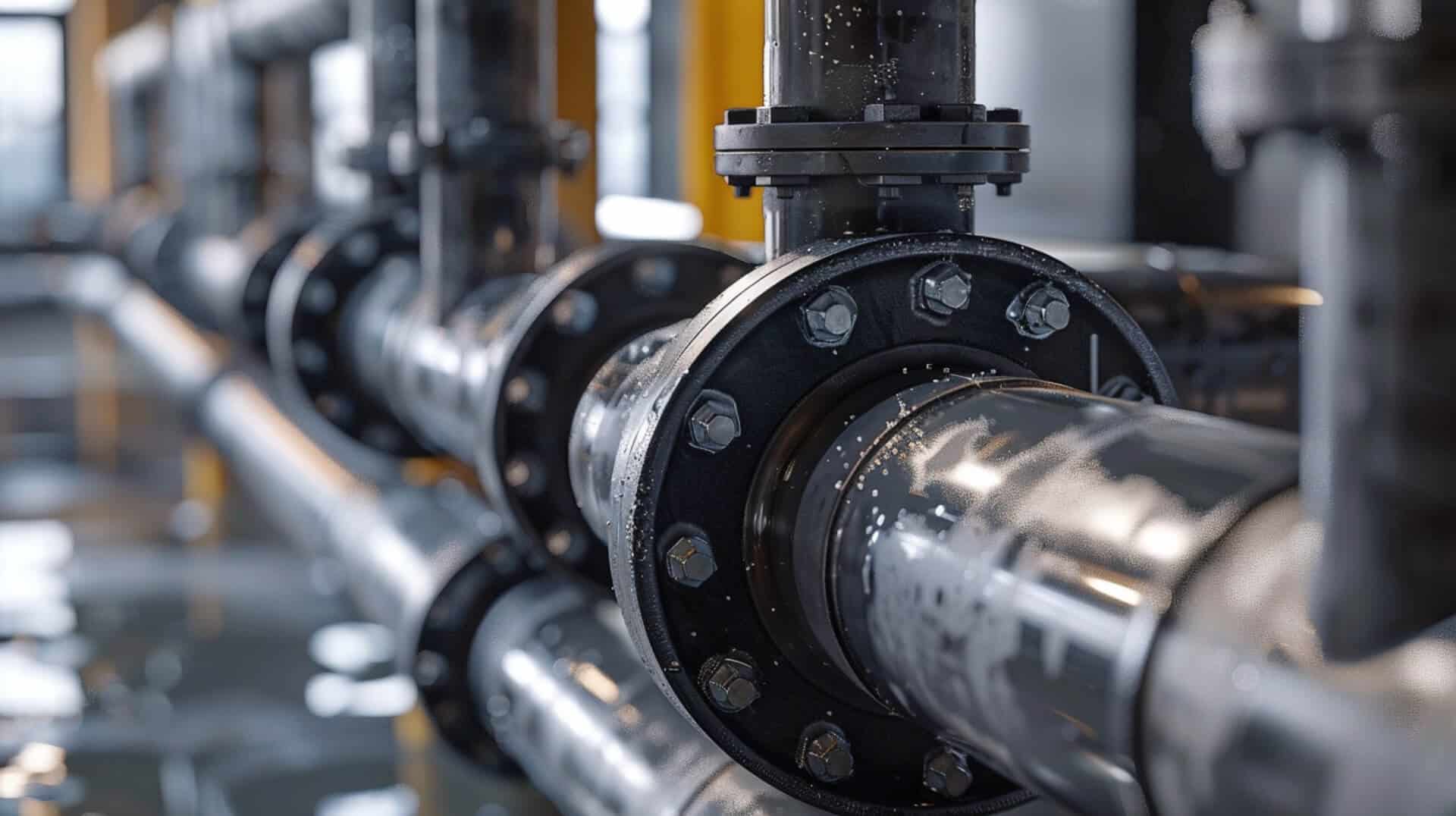
When it comes to drain pipe rehabilitation, the choice of materials and methods plays a pivotal role in the longevity and effectiveness of repairs. Glass reinforced plastic and epoxy resin are among the preferred materials due to their durability and adaptability.
Preferred Materials for Pipe Lining
Glass Reinforced Plastic (GRP) and epoxy resin are favoured for pipe lining because of their robustness and resistance to corrosive substances. GRP, in particular, is known for its strength-to-weight ratio, making it an ideal choice for reinforcing existing pipes. Epoxy resin is used for its adhesive properties and ability to form a seamless and watertight lining within the pipe.
Contribution to Durability
These materials contribute to the durability of repairs by providing a protective layer that shields the pipe from further damage. This layer prevents common issues such as root intrusion and cracks, thereby extending the pipe’s lifespan and reducing the need for frequent maintenance.
Pipe Lining Methods
Several methods of pipe lining are available, including Cured-in-Place Pipe (CIPP), Pull-in-Place, and Spray Lining. Each method involves different application processes, such as the insertion of a liner and its subsequent curing to form a rigid, durable structure within the damaged pipe.
Choosing the Right Lining Method
To choose the right lining method, property owners should consider the extent of pipe damage, the pipe’s dimensions, and the specific needs of their infrastructure. Professional consultation is recommended to assess these factors and determine the most suitable technique for effective pipe rehabilitation.
Cost and Time Efficiency of Pipe Rehabilitation
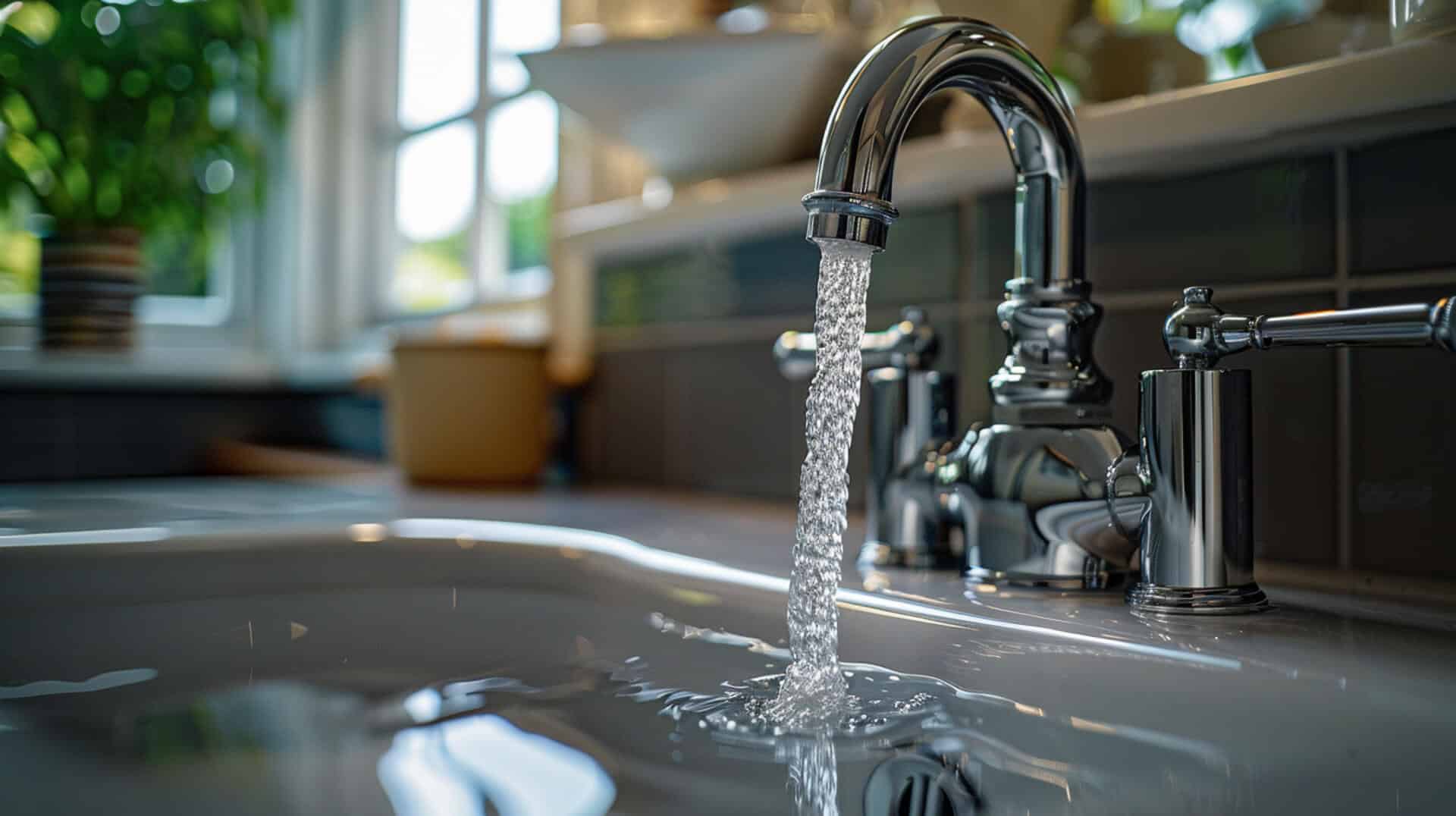
Drain pipe rehabilitation and lining are recognised for their cost-effectiveness and time-saving advantages. This section examines the factors that contribute to these efficiencies and provides guidance on how property owners can evaluate the benefits for their specific circumstances.
Economic Advantages of Trenchless Repairs
Trenchless repair methods, such as Cured-in-Place Pipe (CIPP) and No-Dig technology, are cost-effective solutions for pipe rehabilitation. These methods typically require less labour and fewer resources than traditional excavation, resulting in lower overall costs. The avoidance of extensive digging also means that there is less need for landscape restoration, which can be a significant expense.
Time-Saving Benefits
The trenchless approach to pipe rehabilitation saves time by allowing repairs to be completed more rapidly than traditional methods. Services offering emergency responses and technologies like robotic cutters and high-pressure water jets facilitate a swift return to normal operations, minimising downtime for property owners.
Long-Term Cost Savings
The durability of repairs made with materials like glass reinforced plastic and epoxy resin extends the lifespan of pipes, which translates into long-term cost savings. By preventing future issues, such as leaks and root intrusion, property owners can avoid the expenses associated with repeated repairs.
Estimating Cost and Time Benefits
To estimate the cost and time benefits of pipe rehabilitation and lining, property owners should consider the scope of the repair, the condition of the existing pipes, and the potential costs of not addressing issues promptly. Professional assessments can provide a detailed analysis, helping property owners make informed decisions about their pipe maintenance strategies.
Environmental Benefits of Trenchless Pipe Repairs
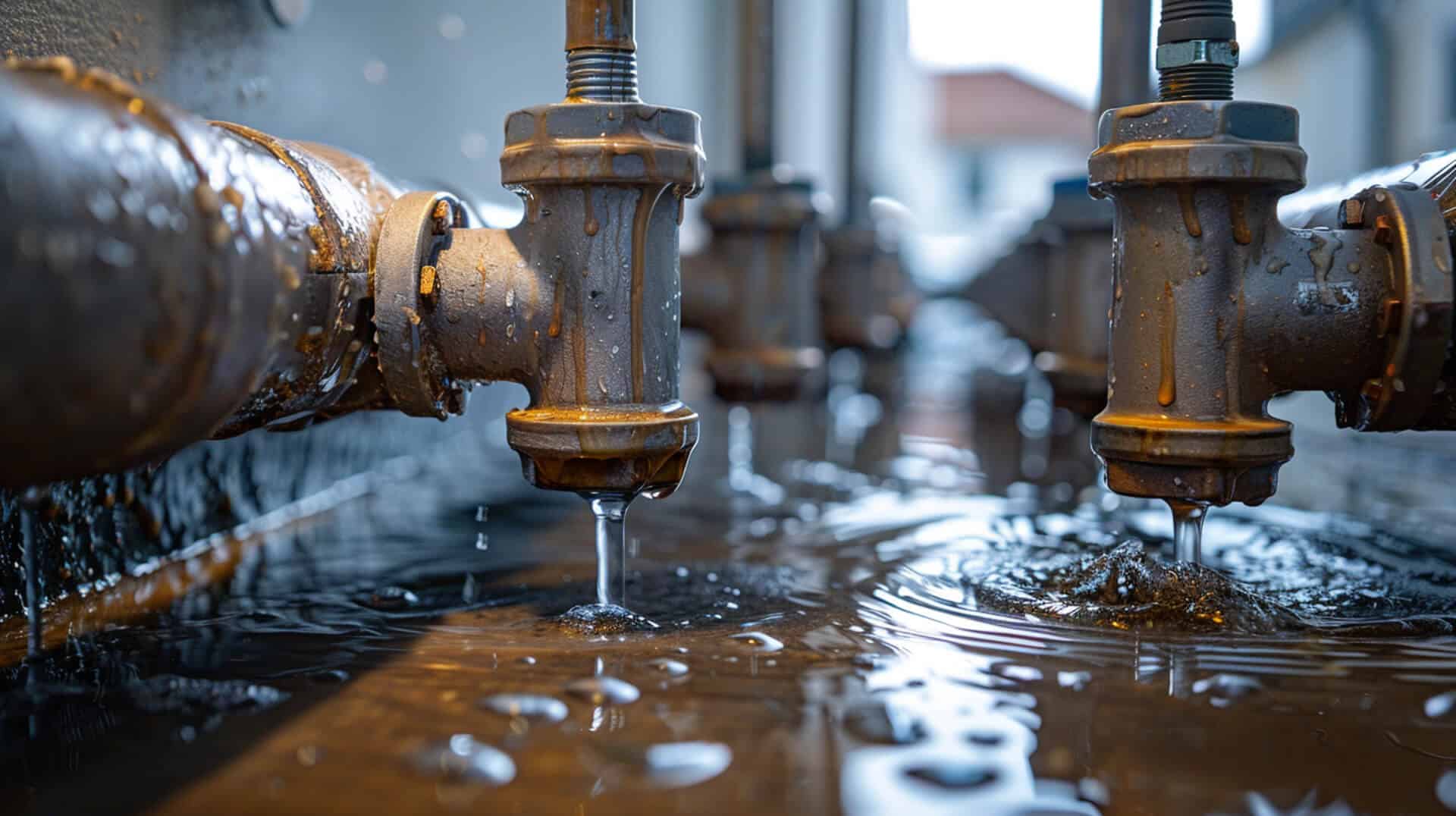
Trenchless pipe repair methods offer significant environmental advantages over traditional excavation techniques. These benefits are crucial for property owners who prioritise eco-friendly practices.
Reduction of Soil Contamination
Trenchless repairs, such as Cured-in-Place Pipe (CIPP), reduce soil contamination by eliminating the need for extensive digging. This method involves making repairs from the inside of the pipe, which prevents the disturbance of soil and potential release of contaminants into the environment.
Minimization of Landscape Alteration
The trenchless approach minimises physical landscape alteration. Since the repairs are conducted underground, the impact on the surface is negligible, preserving the aesthetic and structural integrity of the property’s landscape.
Eco-Conscious Approach
Trenchless repair is considered an eco-conscious approach due to its minimal environmental footprint. By preserving the existing landscape and reducing the amount of waste generated, this method aligns with sustainable practices and contributes to the conservation of natural resources.
Compliance with Environmental Regulations
Trenchless repairs often comply with stringent environmental regulations. The reduced impact on the surrounding ecosystem makes it a preferred choice in areas with strict environmental protection standards, ensuring that your property remains in compliance with local and federal regulations.
Recognising the Need for Pipe Rehabilitation
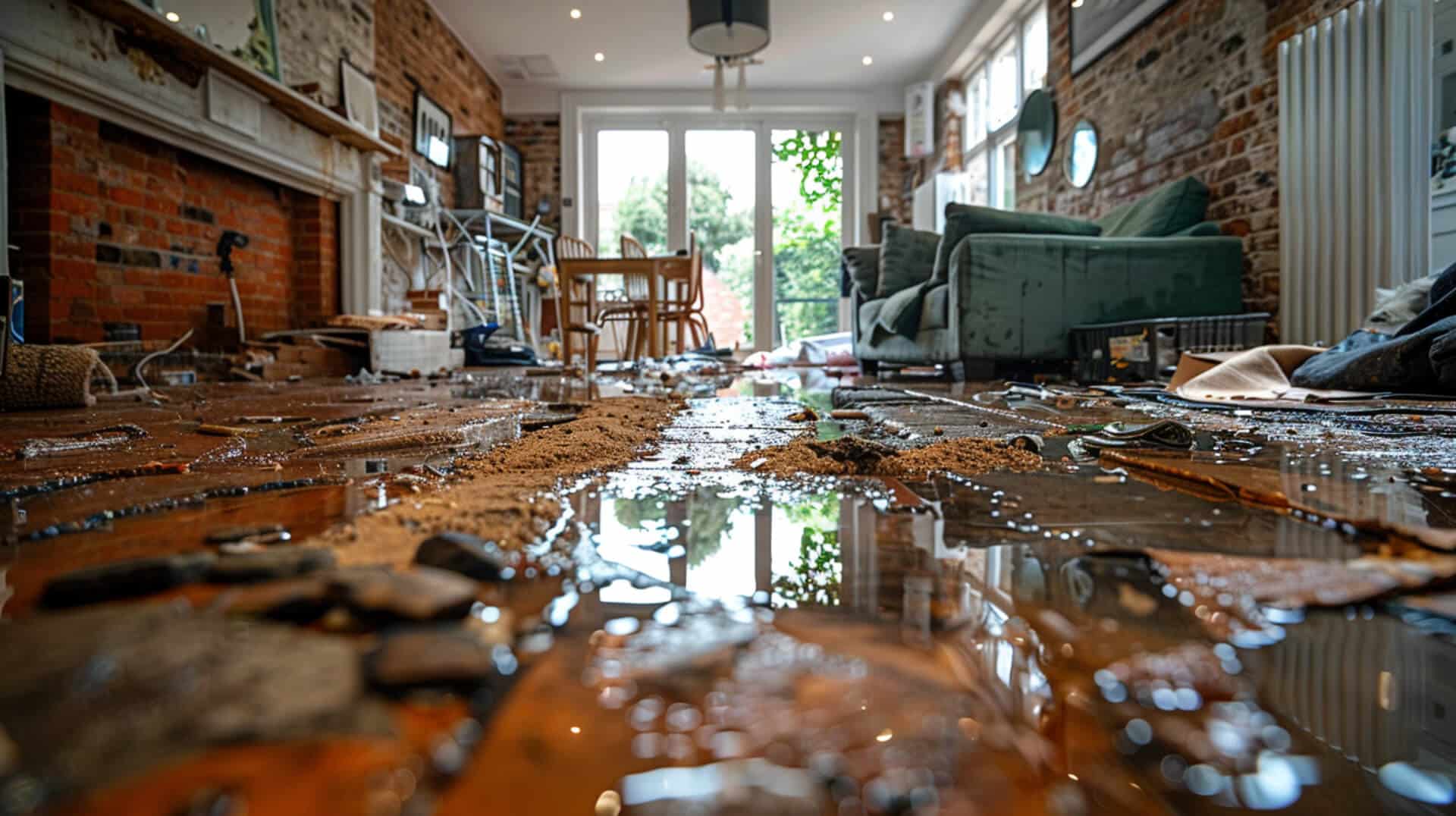
Identifying the right time for pipe rehabilitation and lining is crucial to maintaining the integrity of your plumbing system. Awareness of the common indicators can prevent more extensive damage and ensure the longevity of your infrastructure.
Indicators Signalling Rehabilitation Necessity
Several signs may indicate the need for pipe rehabilitation:
- Persistent Odours: Unusual smells emanating from your drains can suggest blockages or breaks in the pipe.
- Unusual Sounds: Gurgling or bubbling noises may point to obstructions or compromised pipe sections.
- Dampness: Excessive moisture or unexplained wet areas in your property could be a result of leaking pipes.
- Rodent Presence: An increase in rodent sightings can be linked to structural gaps in your sewer system.
- Unexpected Water Bill Increases: A sudden rise in water costs might reflect leaks or inefficiencies within the pipe network.
Preventing Extensive Damage
Early detection of these indicators allows for timely intervention, preventing the escalation of damage and avoiding more costly repairs in the future.
Importance of Regular Maintenance
Regular maintenance and professional inspections are vital for the health of your pipes. They enable the early identification of potential issues and the assessment of the urgency for rehabilitation.
By staying vigilant and responding promptly to these signs, you can ensure the continued functionality and efficiency of your plumbing system.
Selecting a Qualified Service Provider for Pipe Rehabilitation
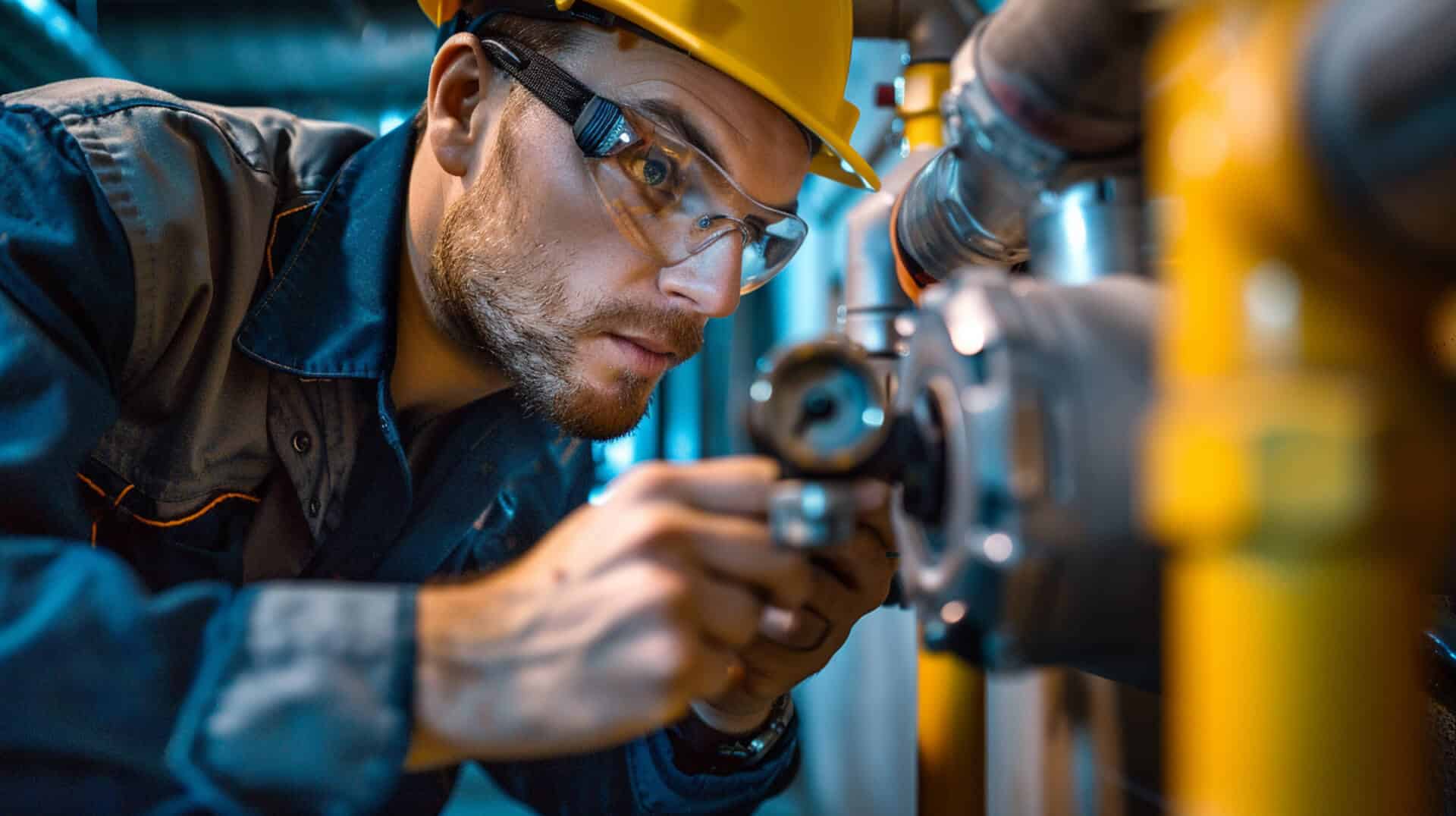
Choosing the right service provider is a critical step in ensuring the success of your pipe rehabilitation project. The quality of work, the longevity of the repairs, and the overall health of your plumbing system depend on the expertise and reliability of the professionals you engage.
Criteria for Service Provider Selection
When selecting a plumbing service, consider the following criteria:
- Expertise: Look for a provider with a proven track record in trenchless pipe rehabilitation. They should have the necessary certifications and experience.
- Equipment Adequacy: Ensure the service has access to the latest technology, such as CCTV for diagnostics and high-pressure water jets for cleaning.
- Thorough Assessment: The provider should offer a comprehensive evaluation of your pipe system to determine the best rehabilitation method.
- Effective Communication: Clear communication is essential for understanding the scope of work, the timeline, and any potential disruptions during the repair process.
Ensuring Safety and Professional Standards
To ensure adherence to safety and professional standards, verify that the service provider follows industry best practices and complies with all relevant health and safety regulations, especially in the context of COVID-19. Check for positive customer reviews and ask for references to gauge their commitment to quality and safety.
By carefully evaluating these factors, you can select a service provider that will deliver high-quality pipe rehabilitation, aligning with your needs and ensuring the long-term functionality of your plumbing system.
Proactive Maintenance Strategies for Drain Pipe Health
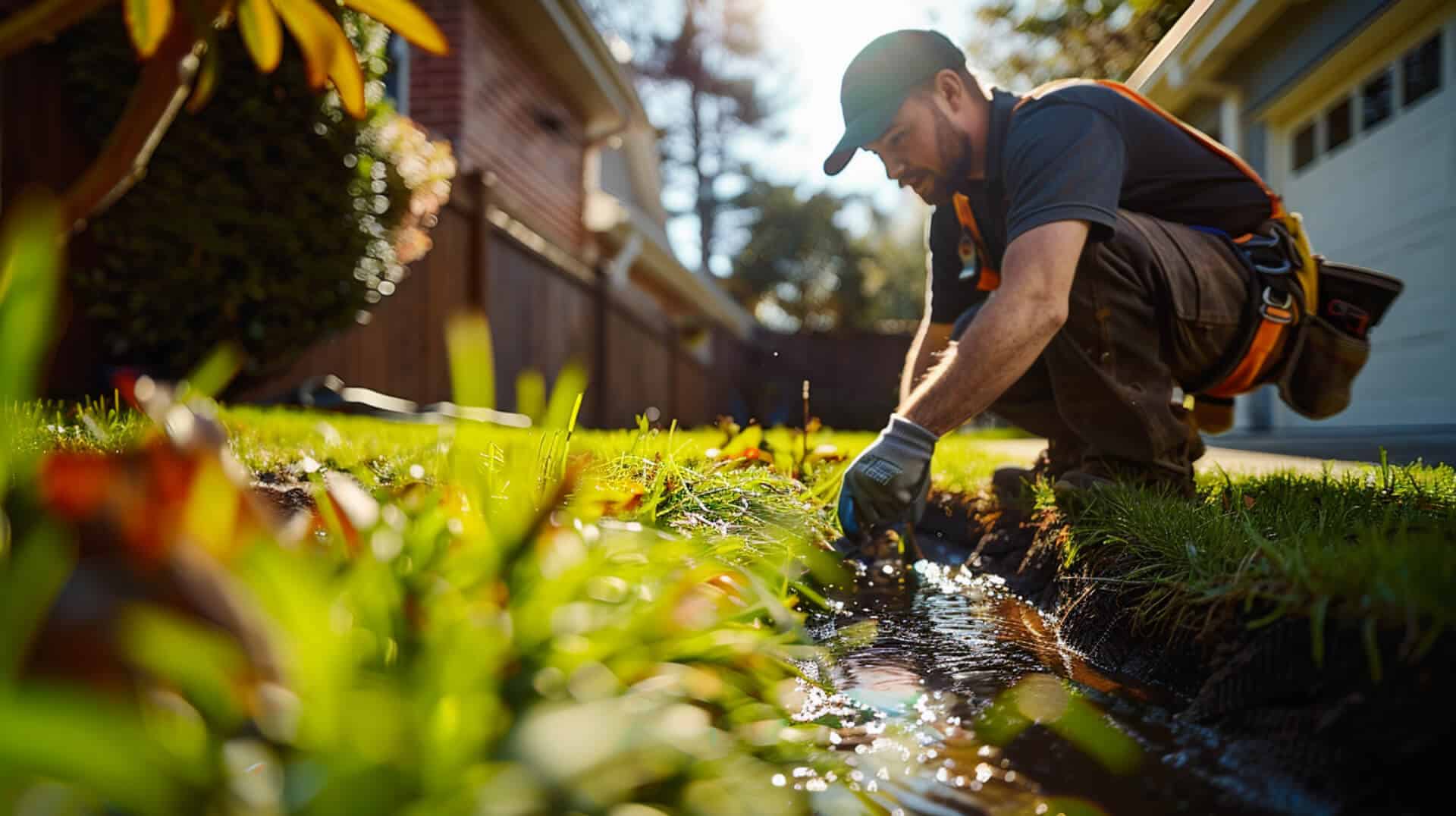
Maintaining the health of your drain pipes is essential to prevent future issues and ensure the longevity of your plumbing system. Proactive maintenance strategies are key to achieving this goal.
Regular Inspection Scheduling
Regular inspections are a cornerstone of proactive maintenance. They contribute to pipe longevity by identifying potential problems early, allowing for timely interventions. It is advisable to schedule inspections periodically, with the frequency determined by factors such as the age of the pipes, usage patterns, and previous issues.
Importance of Professional Consultation
Professional advice is invaluable in determining the appropriate maintenance frequency for your pipes. Experts can assess the specific conditions of your plumbing system and recommend a tailored maintenance plan. This ensures that inspections and any subsequent interventions are performed as needed, without unnecessary expenditure.
Phased Rehabilitation and Budgeting
Implementing phased rehabilitation can align with budget considerations, allowing for the gradual improvement of your plumbing infrastructure. This approach involves prioritising repairs based on urgency and available resources, ensuring that the most critical issues are addressed first while planning for future maintenance needs.
By adopting these strategies, property owners can effectively manage the health of their drain pipes, preventing unexpected failures and ensuring efficient operation over time.
Navigating Legal and Regulatory Frameworks in Pipe Rehabilitation
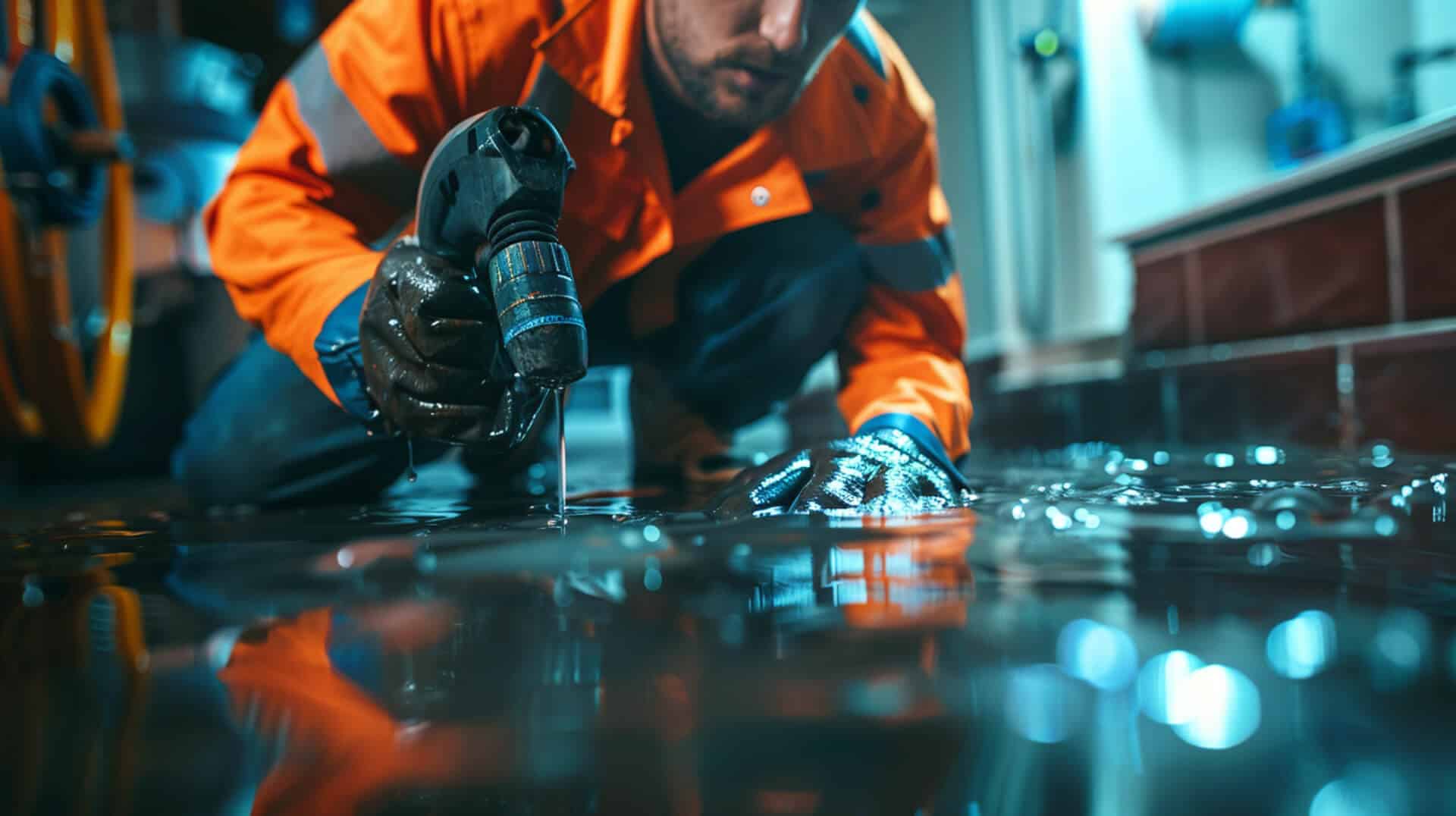
When undertaking drain pipe rehabilitation and lining, it is essential to consider the environmental and regulatory landscape. Compliance with local regulations not only ensures the legality of the repair work but also contributes to the protection of the environment and public health.
Environmental and Regulatory Considerations
Environmental considerations include the potential impact of repair activities on soil, water, and ecosystems. Regulatory considerations involve adhering to building codes, safety standards, and environmental protection laws. These regulations may vary depending on the location and the scope of the project.
Impact of Local Regulations on Rehabilitation Methods
Local regulations can significantly influence the choice of rehabilitation methods. Some areas may have restrictions on the types of materials that can be used or the methods of repair, especially in historical or environmentally sensitive zones. It is crucial to understand these regulations to select appropriate and compliant rehabilitation techniques.
Importance of Regulatory Compliance
Compliance with regulations is crucial for property owners to avoid legal repercussions, fines, and potential delays. It also ensures that the rehabilitation work is performed to a standard that safeguards the longevity and safety of the pipe infrastructure.
Effective Navigation of Regulatory Requirements
Property owners can navigate regulatory requirements effectively by consulting with professionals who specialise in pipe rehabilitation. These experts are familiar with the necessary permits, the latest environmental guidelines, and the best practices for compliance. Engaging with a knowledgeable service provider can streamline the rehabilitation process, ensuring that all legal and regulatory obligations are met.
Addressing Common Challenges in Pipe Rehabilitation
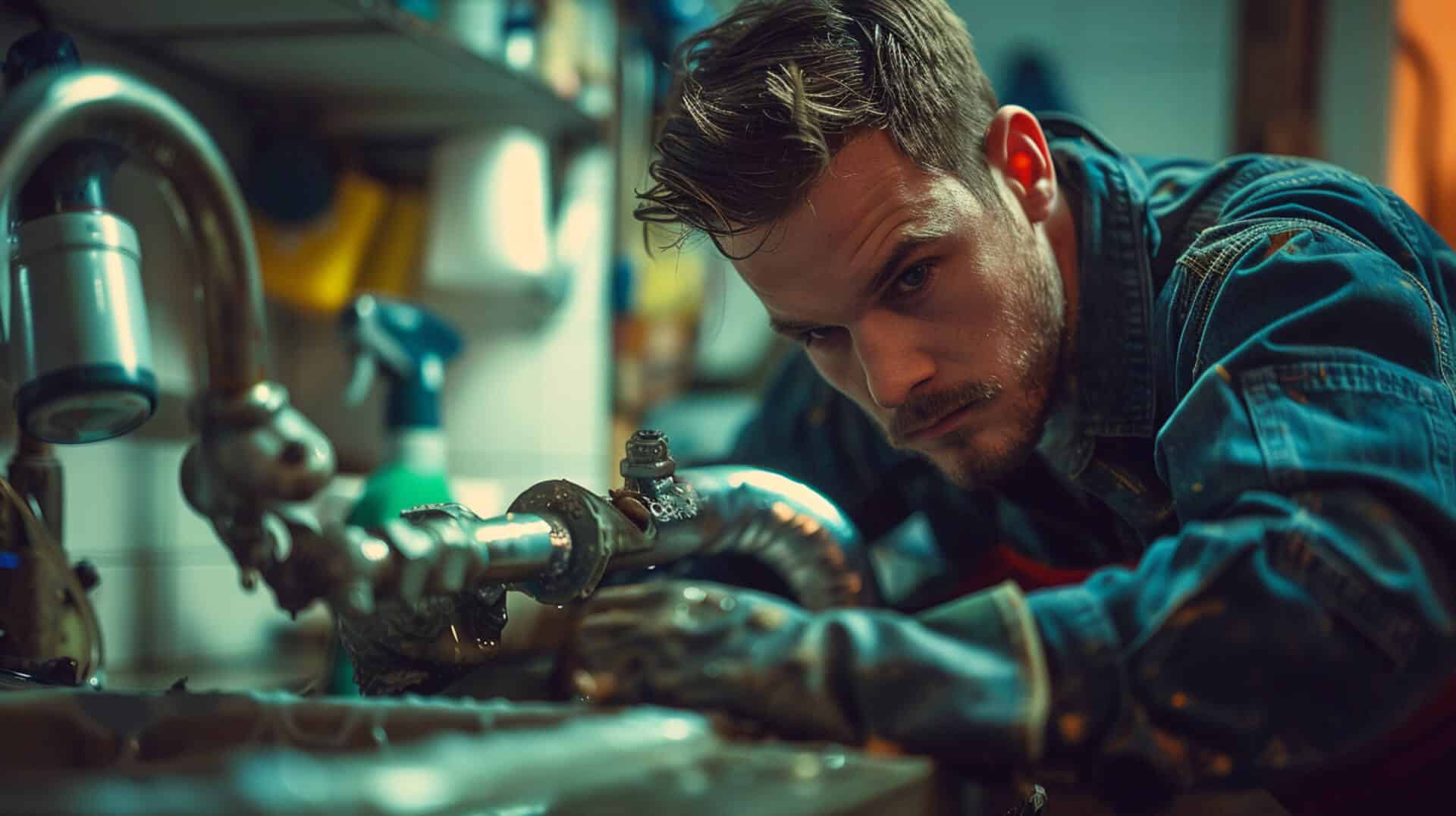
Pipe rehabilitation projects can encounter a variety of challenges, from technical difficulties to regulatory hurdles. Understanding these challenges and the strategies to overcome them is essential for ensuring the success of a rehabilitation project.
Identifying and Overcoming Rehabilitation Challenges
Common challenges in pipe rehabilitation include:
- Access to Pipes: In urban areas or historical sites, gaining physical access to pipes can be difficult without causing disruption.
- Pipe Complexity: Pipes with multiple bends, varying diameters, or extensive damage require sophisticated repair techniques.
- Environmental Constraints: Projects must often navigate environmental regulations, which can limit the methods and materials used.
Service providers can overcome these challenges by:
- Utilising trenchless technologies that require minimal excavation.
- Employing advanced diagnostic tools like CCTV to assess pipe conditions without invasive methods.
- Choosing eco-friendly materials and practices that comply with environmental regulations.
The Necessity of Expertise
Expertise is crucial for the successful installation and problem-solving in pipe rehabilitation. Professionals with specialised knowledge can tailor solutions to the unique circumstances of each project, ensuring repairs are durable and effective.
Technological Advancements as Solutions
Advancements in technology, such as robotic cutters and high-pressure water jets, address many of the common challenges by allowing for more precise and less invasive repairs. These tools enable service providers to restore pipe functionality with minimal impact on the surrounding area, ensuring a smoother rehabilitation process.
Enhancing Infrastructure Resilience Through Pipe Rehabilitation
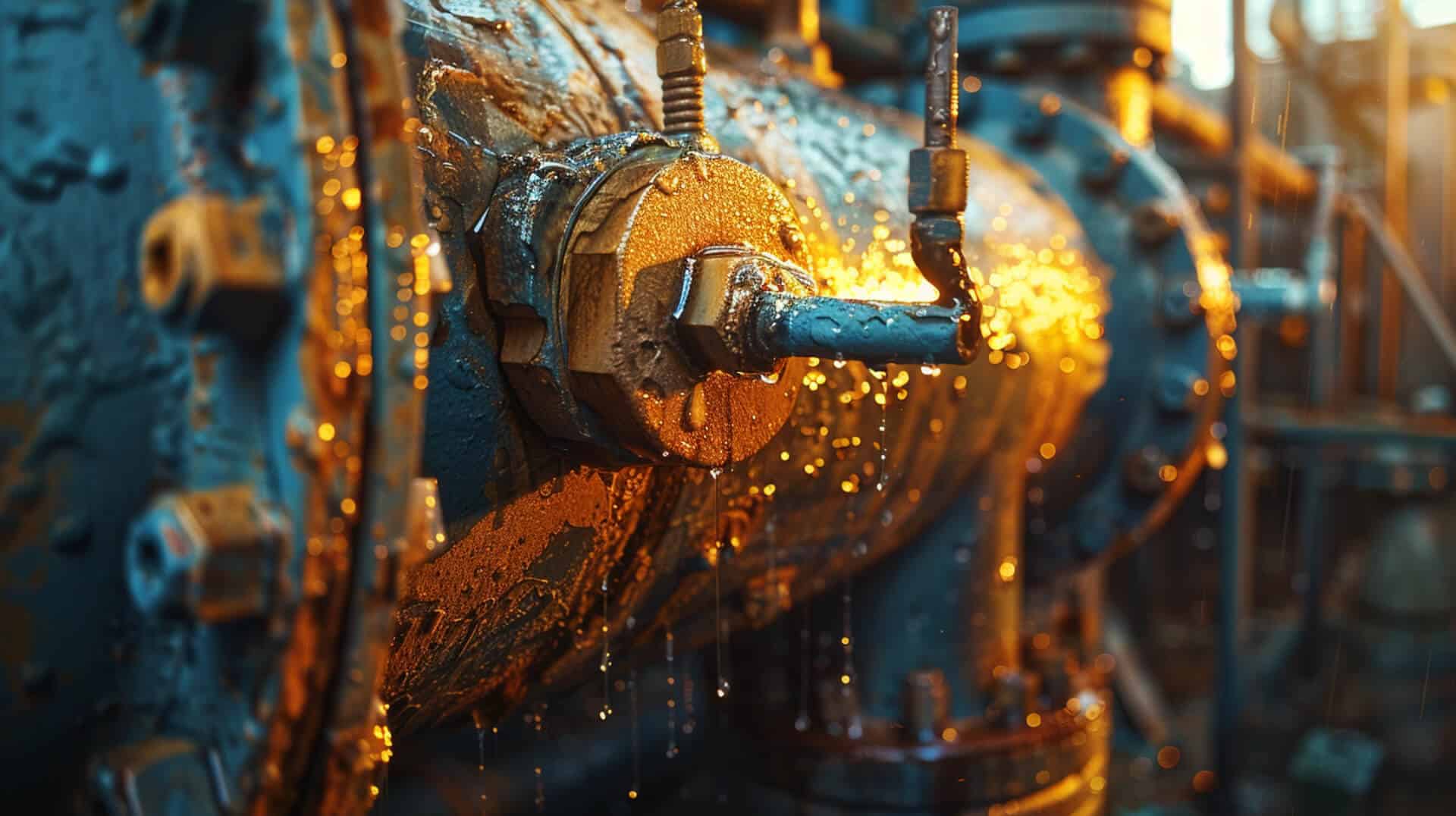
The benefits of drain pipe rehabilitation and lining are integral to the resilience of infrastructure. This approach not only restores pipe functionality but also fortifies the system against future issues.
Contributions to Infrastructure Resilience
Drain pipe rehabilitation and lining contribute to infrastructure resilience by:
- Extending Lifespan: Techniques like CIPP can ensure pipes remain functional for over 50 years.
- Preventing Future Problems: Lining methods offer root intrusion prevention and can adapt to various pipe bends and sizes, reducing the likelihood of future complications.
Preference Among Property Managers
This approach is increasingly preferred by property owners and facility managers due to:
- Cost Savings: Significant savings are realised through less disruptive methods compared to traditional repairs.
- Environmental Considerations: Trenchless repairs offer minimal environmental and infrastructural impact, aligning with eco-conscious values.
Anticipating Future Trends
Future trends in pipe rehabilitation technology may include:
- Advanced Materials: Continued innovation in materials that offer greater durability and environmental benefits.
- Smart Diagnostics: Integration of smart technology for real-time monitoring and predictive maintenance of pipe systems.
Staying Informed for Optimal Pipe Health
To make informed decisions regarding pipe health and maintenance, property owners should:
- Seek Professional Advice: Regular consultations with experts can provide insights into the latest technologies and best practices.
- Monitor Industry Developments: Staying updated on advancements in pipe rehabilitation can help in choosing the most effective solutions for specific needs.
